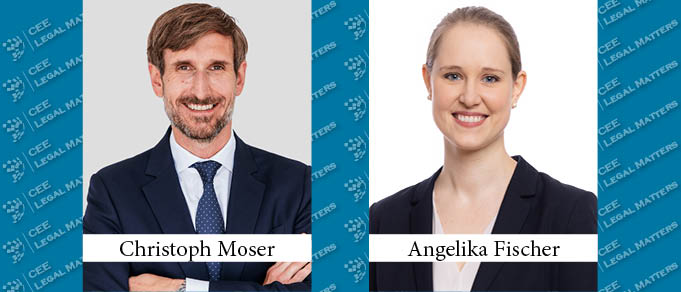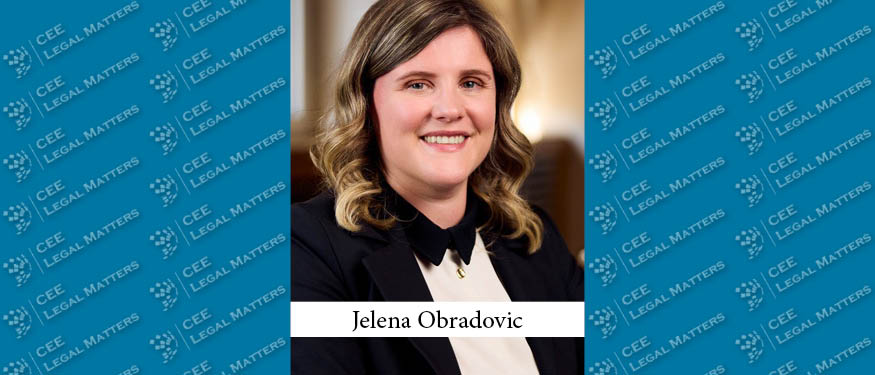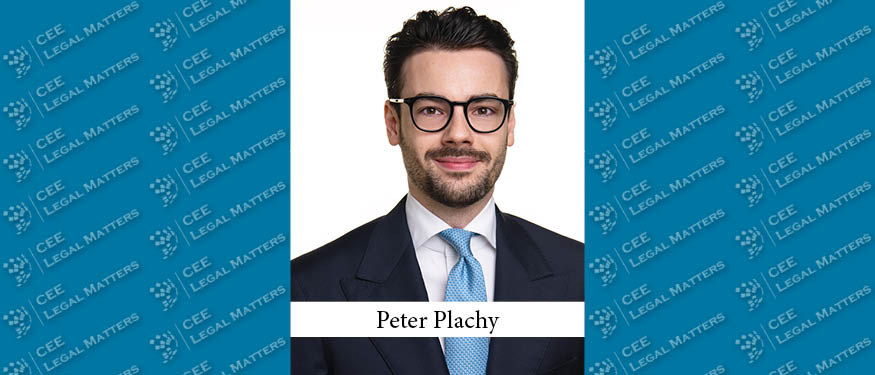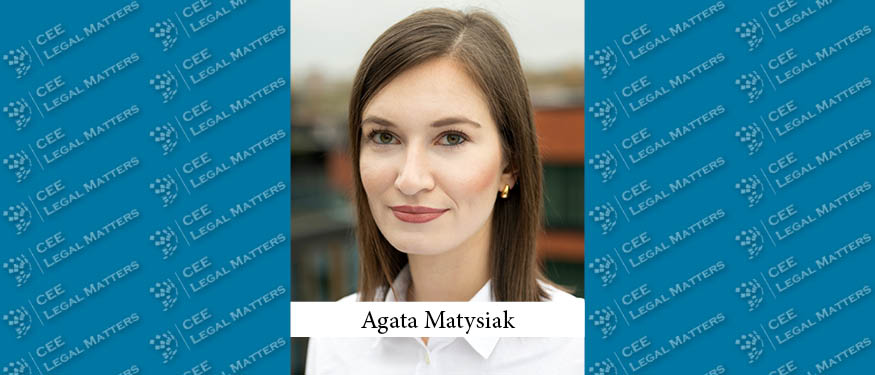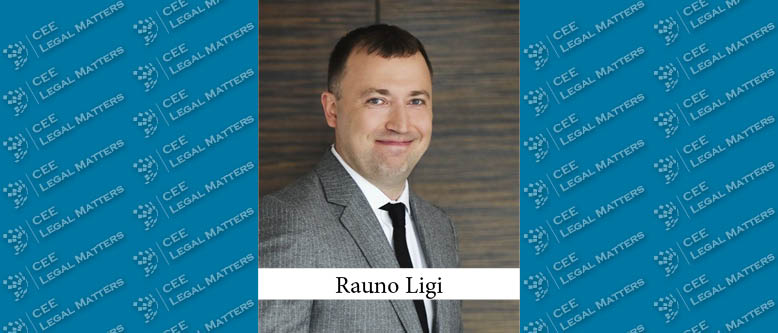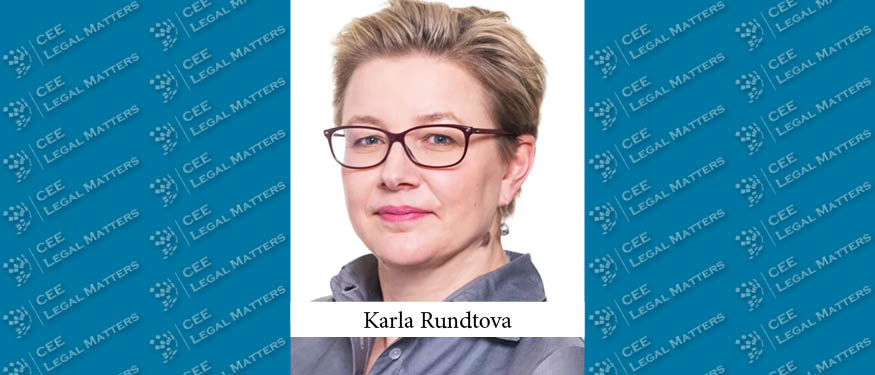Even though the Austrian green bond market has not been very active, issuers like Uniqa, Hypo Noe, Verbund, and the Republic of Austria have taken the first steps toward the new asset class. The main feature of such bonds is the intention and/or commitment to invest the proceeds of the issue in green projects. Most issuers initially established stand-alone green bond frameworks based on voluntarily applied market standards. An Austrian green bond standard has not yet been developed. Frameworks used in Austria are usually based on published guidelines, like the International Capital Market Association's (ICMA) Green Bond Principles. Issuers do consider the upcoming standards of the European Union, too – particularly, the EU Green Bond Standards (EUGBS) and the so-called EU Taxonomy.
In a challenging market environment following the Russian invasion of Ukraine, the development of a European green bond standard – also providing for clear guidance for Austrian issuers – could be slowed down. This important element of the EU's intention to support the development of green bonds has marginally slipped out of the focus of investors. On the one hand, green bonds have already become a relevant investment class and are playing an increasingly important role in financing assets needed for the low-carbon transition. On the other hand, recent negative trends in capital markets have also affected the marketability of green instruments. As with other bonds, fewer green bond offerings were conducted. For now, the green trend has come to an unexpected halt, also given the focus on securing energy supply irrespective of a green cause. However, the political developments will most likely boost the mid- and long-term pace of the energy transition in Europe. Green bonds will play an important part in financing such a transition.
The current outlook is that the EUGBS will follow the same path as existing market standards, such as the ICMA's Green Bond Principles. The Commission's proposal for the EUGBS provides for voluntary applicability. Issuers will decide whether to commit themselves to the EUGBS to use the EU Green Bond designation. The EU Green Bond designation will only be available if they comply with the designated minimum standards. This includes aligning the allocation of net proceeds of EU Green Bonds to EU Taxonomy-compliant use cases and providing a high level of transparency on the use of funds.
The voluntary application of the EUGBS should be considered one of the main elements. Mandatory application of the EUGBS, which was subject to intense discussions in late 2021 and early 2022, seems to be off the table. However, labeling a bond as a "sustainable bond", "sustainability-linked bond", or "environmentally sustainable" will most likely trigger additional disclosure requirements for issuers in the future. Such changes are expected to be implemented into the EU Prospectus Regulation framework, which also applies in Austria, thereby setting new standards in terms of ESG disclosure. As it stands, ESG disclosure in an Austrian issuer's prospectus is often limited, even in the case of sustainable or green bonds.
EU member states are currently negotiating the main elements of the EUGBS. Austria supports the EU Sustainable Finance Strategy and the EU Taxonomy Regulation and has published its commitment to ensuring that they will not be diluted. Nevertheless, the Austrian Federal Ministry for Climate Action, Environment, Energy, Mobility, Innovation, and Technology has expressed its position that technologies such as nuclear energy and fossil gas cannot be classified as green.
Codifying a European standard for green bonds will be a relevant tool for increasing transparency in relation to a product class that has seen numerous individual configurations in recent years, and not only in Austria. At present, investors cannot compare the different types of instruments in a meaningful way, due to the diverse levels of disclosure and presentation. Whether the EUGBS will in fact be the green market standard in Austria is difficult to assess, as the green finance market is still in its developmental phase. In the current political environment, the legislative proposals – which exclude the financing of gas and nuclear power generation – already seem outdated given the current short-term sentiment and the pressure to secure the European gas and power supply. Ultimately, it will be the investors deciding on the success of the EU and, consequently, the Austrian green bond story.
Christoph Moser, Partner, and Angelika Fischer, Attorney at Law, Schoenherr
This Article was originally published in Issue 9.7 of the CEE Legal Matters Magazine. If you would like to receive a hard copy of the magazine, you can subscribe here.

